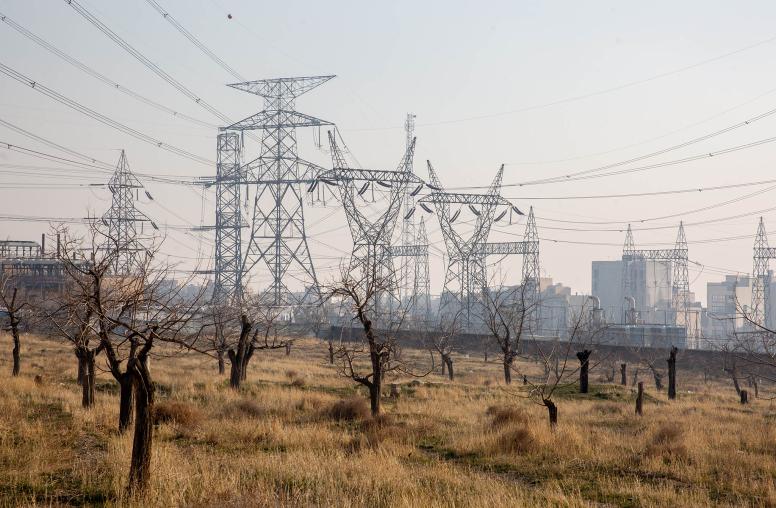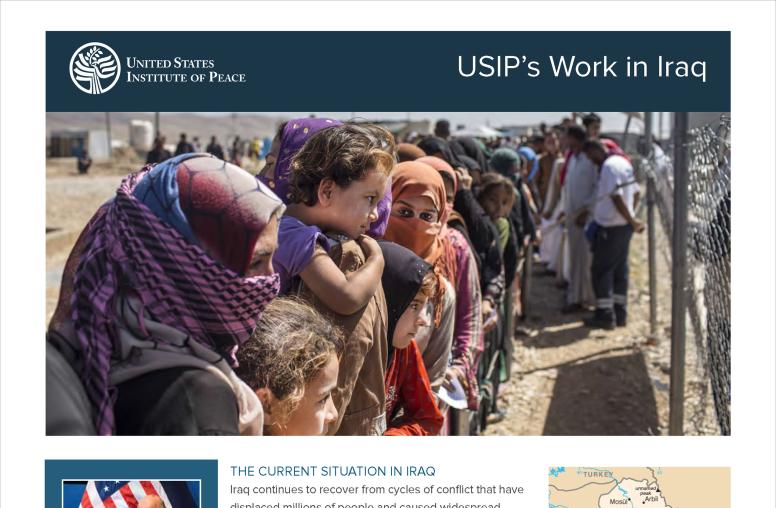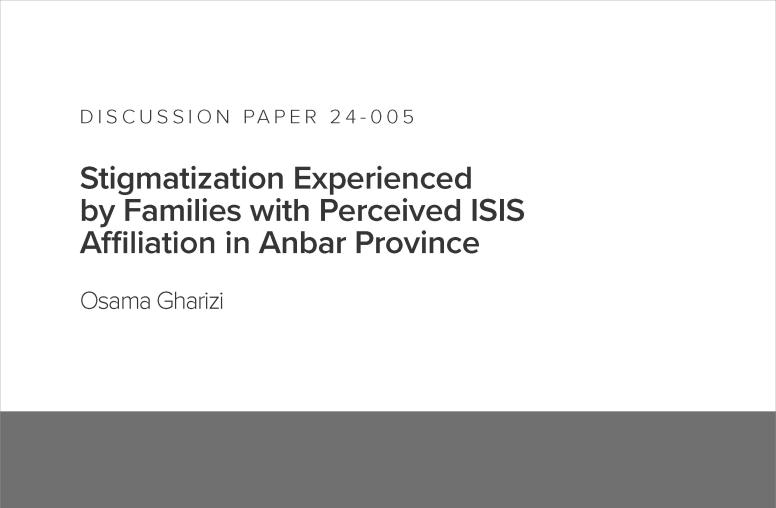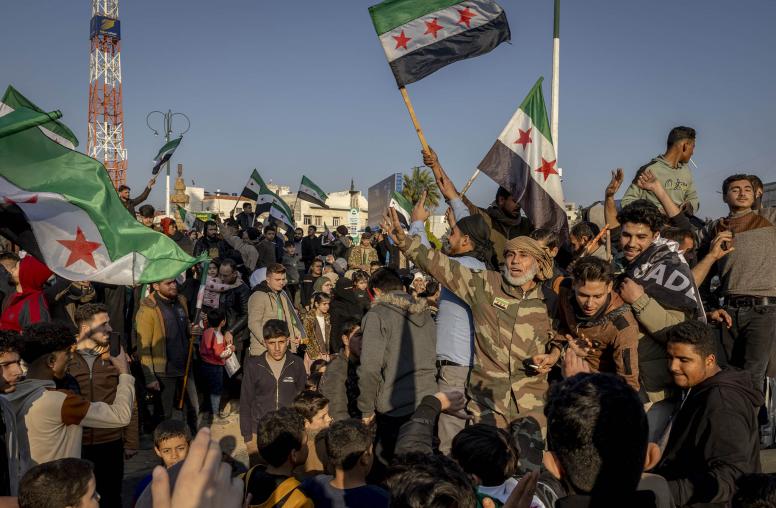Ninewa Plains and Western Ninewa: Barriers to Return And Community Resilience
A Meta-analysis of Existing Studies and Literature
This report is a meta-analysis of the vast literature on Ninewa IDPs and the barriers to their return. It covers important analytical and contextual gaps with firsthand research to inform and enhance stakeholder policies.
Executive Summary
The sustainable return of internally displaced persons (IDPs) in Iraq occupies many international donor projects and resources. However, in the context of the Ninewa province, this problem is not straightforward. Both the concept of displacement and expectation of return are complicated by a long history and atrocious waves of violence, including war, genocide, state-discrimination and systematic demographic changes.
Displacement is ingrained in the history of Ninewa and forms part and parcel of community narratives about survival, identity and belonging. In this way, displacement cannot be conceptualized as a linear process or a uniform experience, but rather as a transformative experience conditioned on geographical, gender and identity factors.
This report is a meta-analysis of the vast literature on Ninewa IDPs and the barriers to their return. It covers important analytical and contextual gaps with firsthand research to inform and enhance stakeholder policies. The various sections of this report will delineate the following primary findings:
- The crisis of displacement should be studied through a combination of multiple causes and circumstances, constituting the environment or conditions of diffused long-term insecurity and uncertainty at both the local and national levels.
- An absence of trust in the government (central, regional and local), political institutions and security forces to safeguard Ninewa’s citizens has cascaded into conflictual inter- and intra-community relationships and proliferated opportunistic security actors. This distrust is a fundamental barrier to both return and the building of community resilience.
- The dynamics of displacement and return are happening in a context and cannot be understood in isolation. The movements of IDPs are outcomes of a variety of complex developments, requiring in-depth understanding and contextual analysis, in order to develop effective and long-term policy and programming.
- Before, during and following stages of displacement, women are targeted and made vulnerable in different ways than men. Women’s experiences of displacement are marginalized in both research and literature, which subsequently affects their participation and agency in political and development realms. Highlighting women’s experiences of displacement is essential in order to adopt transformative approaches to safe and sustainable IDP return, promoting gender equality upon INGO exit.
- The recent crisis of displacement has contributed to the increase of social tensions, in particular between Shabaks and Christians, in the districts of Hamdaniya and Tal Keif. The high rate of Shabak returnees and their territorial expansion, empowered by units from the Popular Mobilization Forces in the area, are perceived by Christians as a threat to their future existence in the Ninewa Plain. The fear of demographic change, as well as a strong sense of political marginalization, characterizes the Christian community and contributes to a pervasive sense of uncertainty. This, in turn, influences their decisions to remain in displacement or migrate. Fears of demographic change and the sense of marginalization extends to other minority groups in Ninewa.
- Reconciliation efforts are critical for the return of IDPs to Ninewa. These are mostly led by International Non-Governmental Organizations (INGOs), in the absence of a clear policy and implementation structure of the Iraqi government to pave the road to community cohesion. In order for reconciliation to succeed, it is critical to understand the transformation of violence and its effect on identity politics and female participation, pivotal to sustainable peacekeeping.
The data for this report has been collected during the time period of January through June 2019.
The meta-analysis situates IDP return and stabilization into Ninewa’s history of displacement, which forms the backbone of the remaining analysis. The identified barriers to return are categorized into district, identity and gender specific barriers to return. Within each category, primary barriers to return are identified and discussed.
Several factors are relevant for IDP return (see Table 1). These are often interlinked and should not be understood as mutually exclusive (i.e. IDPs belong to all three barrier categories). The barriers and the solutions to overcome them are identified through quantitative research, literature and qualitative research to fill research gaps. This is carried out by focusing on the following:
- District-specific barriers in Hamdaniya, Mosul, Sheikhan, Sinjar, Tal Keif, and Tal Afar;
- Community specific barriers (Yazidis (Ezidis), Christians and Shabaks); and
- Gender-specific barriers (women).
About the Report
This report was produced by The Middle East Research Institute (MERI) and made possible through support from the U.S. Institute of Peace (USIP) and the United States Agency for International Development (USAID). The contents are the responsibility of USIP and MERI and do not necessarily reflect the views of USAID or the United States Government.
About MERI
MERI engages in policy issues contributing to the process of state building and democratization in the Middle East. Through independent analysis and policy debates, its research aims to promote and develop good governance, human rights, rule of law and social and economic prosperity in the region. It was established in 2014 as an independent, not-for-profit organization based in Erbil, Kurdistan Region of Iraq.
About the Authors
Henriette Johansen is a research fellow at the Middle East Research Institute.
Kamaran Palani is a research fellow at the Middle East Research Institute.
Dlawer Ala’Aldeen is the president of the Middle East Research Institute.



